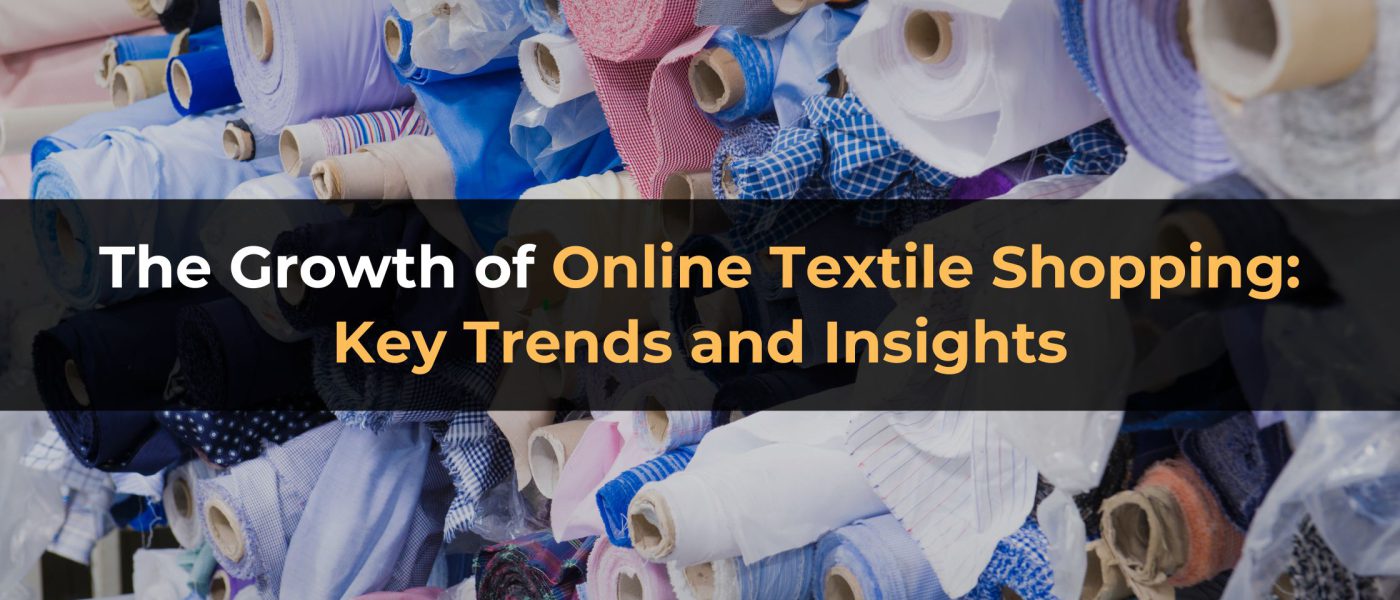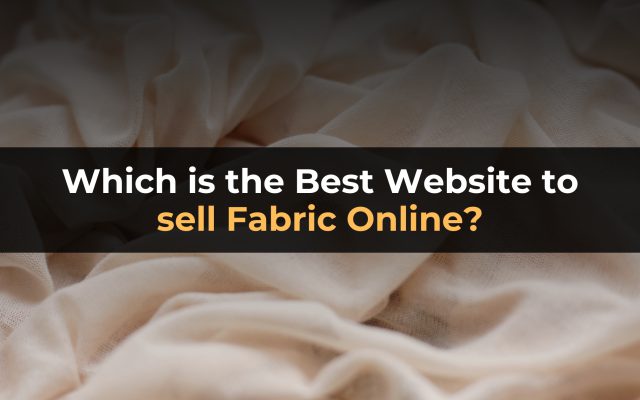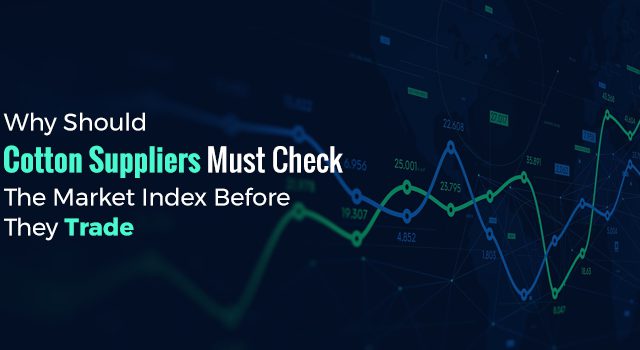Introduction
The way people source and purchase textiles has undergone a major transformation. The days of visiting crowded markets and negotiating with multiple suppliers are fading as more buyers turn to digital platforms to buy textiles online. Whether it’s for fashion, home décor, or industrial use, the convenience of online textile sourcing has revolutionized the industry. At the same time, fabric supplier India networks have adapted to the digital era, providing quality materials to buyers worldwide. In this article, we’ll explore the rise of online textile shopping, key trends shaping the industry, and what businesses need to know when sourcing fabrics online.
Why Online Textile Shopping Is Growing
1. Convenience and Accessibility
- Buyers can source fabrics from anywhere, eliminating the need for physical market visits.
- Orders can be placed 24/7, making it easier for businesses to manage their supply chains.
2. Wider Fabric Selection
- Online platforms offer a vast variety of textiles, from cotton and silk to non-woven and technical fabrics.
- Buyers can easily compare colors, patterns, and textures before making a purchase.
3. Competitive Pricing
- Direct access to fabric supplier India networks allows businesses to cut costs by eliminating middlemen.
- Bulk purchasing discounts and wholesale pricing help businesses get better deals.
4. Secure Transactions and Logistics
- Modern e-commerce platforms ensure safe payments, reducing the risks of fraud.
- Advanced tracking systems allow buyers to monitor shipments in real time.
5. Sustainability Focus
- Many online textile platforms now highlight eco-friendly and organic fabrics, catering to the growing demand for sustainable products.
Trends in Buying Textiles Online
1. Digital Marketplaces Are Leading the Industry
Platforms like TEXchange Global, IndiaMART, and TradeIndia are transforming the way buyers connect with fabric suppliers.
- These platforms verify suppliers, ensuring quality control and secure transactions.
- AI-powered search tools help buyers find specific fabrics based on keywords, colors, and patterns.
2. Growth of Sustainable Fabrics
Sustainability is a priority, and textile buyers are increasingly looking for:
- Organic cotton and recycled fabrics.
- Low-impact dyes and biodegradable materials.
- Suppliers that follow ethical production practices.
3. Customization and Small-Batch Production
Online textile platforms allow businesses to:
- Request customized fabric prints, colors, and patterns.
- Order small batches instead of bulk, supporting emerging fashion brands and startups.
4. Expansion of Indian Textile Suppliers to Global Markets
- Indian textile manufacturers are expanding their reach through online platforms.
- Fabric supplier India networks are gaining international recognition for their high-quality, cost-effective materials.
5. AI and Virtual Reality (VR) Shopping
- AI tools recommend fabrics based on buyer preferences and past orders.
- Some platforms are testing VR technology to allow buyers to inspect textiles in a virtual showroom.
Why Businesses Prefer Online Textile Shopping
1. Time-Saving and Cost-Effective
- Buyers save hours by avoiding physical store visits.
- Online fabric suppliers offer competitive rates and bulk discounts.
2. Reliable Supplier Reviews and Ratings
- Online marketplaces allow buyers to read reviews and assess supplier credibility before making a purchase.
3. Seamless Order Tracking and Logistics
- Once an order is placed, buyers receive tracking updates until delivery.
4. Wholesale and Bulk Order Benefits
- Many fabric suppliers offer discounts for bulk purchases, making it easier for businesses to scale production.
Challenges of Buying Textiles Online and How to Overcome Them
1. Lack of Physical Fabric Inspection
- Solution: Request fabric samples before placing large orders.
2. Shipping Delays
- Solution: Work with suppliers that have strong logistics networks and track record of timely delivery.
3. Risk of Low-Quality Fabrics
- Solution: Choose platforms that feature verified fabric supplier India listings with clear customer reviews.
4. Complicated Return Policies
- Solution: Read and understand refund policies before making a purchase.
How to Choose the Right Fabric Supplier Online
1. Research and Compare Suppliers
- Read reviews and check supplier ratings on trusted platforms.
- Compare pricing and policies to find the best deal.
2. Request Fabric Samples
- Before committing to a bulk order, test samples to ensure quality.
3. Communicate Clearly
- Ask about lead times, shipping costs, and return policies.
- Discuss customization options if needed.
4. Check for Certifications
- Choose suppliers that follow ethical and sustainable production practices.
- Look for GOTS (Global Organic Textile Standard) or OEKO-TEX certification.
5. Start with a Trial Order
- Place a small order first before scaling up purchases.
The Future of Online Textile Shopping
1. Greater Adoption of Blockchain Technology
- Ensures transparency in the supply chain.
- Helps buyers verify fabric origin and ethical production.
2. AI-Powered Personalization
- AI tools will continue improving fabric recommendations based on user preferences.
3. VR and AR Integration
- Virtual showrooms will allow buyers to “feel” fabrics digitally before purchase.
4. Increased Focus on Sustainability
- More suppliers will adopt eco-friendly practices to meet market demand.
5. Global Expansion of Indian Textile Suppliers
- Indian manufacturers will strengthen their presence in international markets through digital platforms.
Conclusion
The future of textile shopping is digital, and the ability to buy textiles online has transformed the industry. Businesses can now access a vast selection of fabrics, connect with fabric supplier India networks, and streamline their sourcing process like never before.
By choosing trusted platforms, requesting samples, and carefully selecting suppliers, buyers can ensure a smooth and reliable fabric sourcing experience. As technology continues to evolve, online textile shopping will become even more efficient, sustainable, and globally connected.




